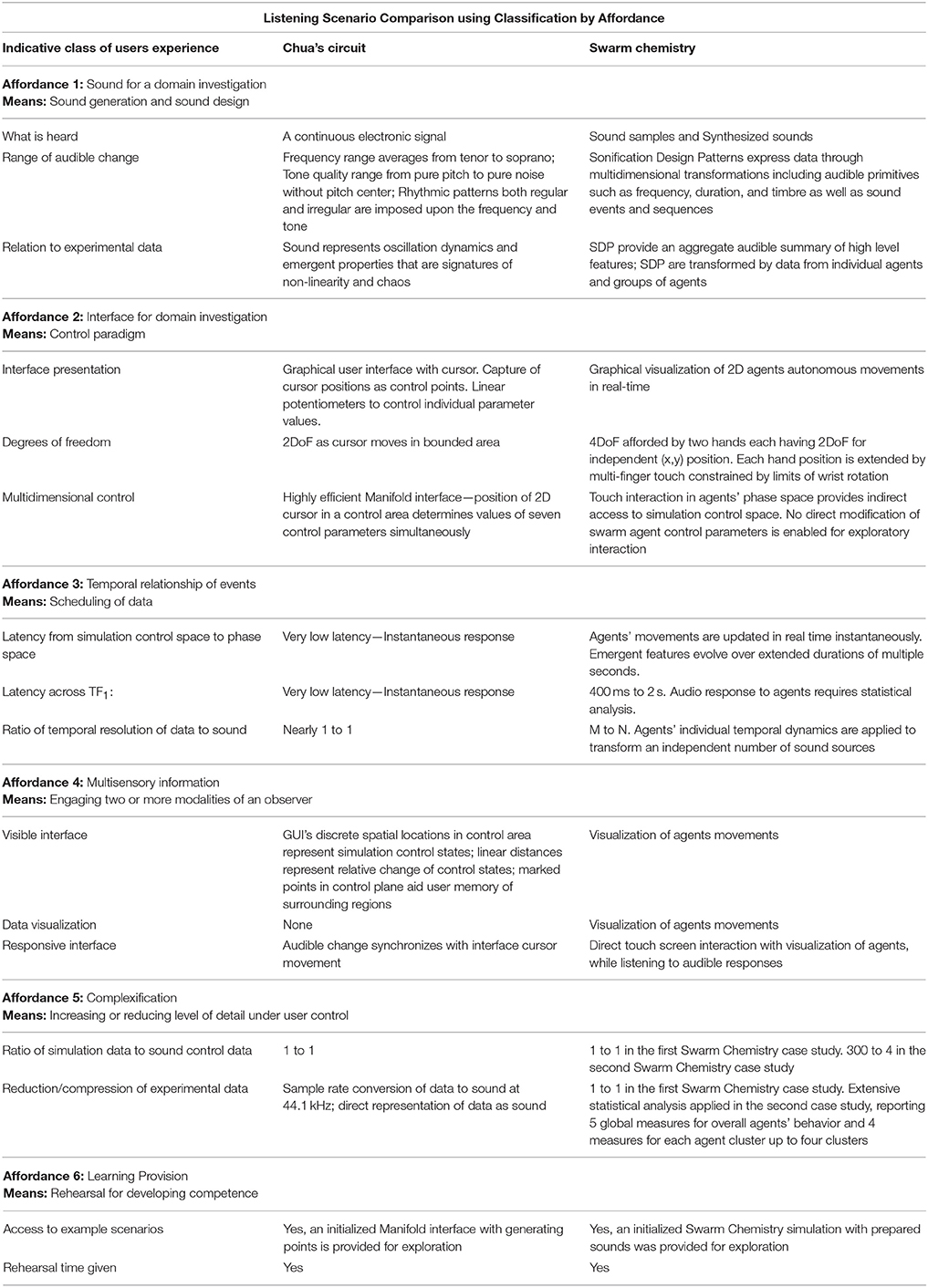

Through just one day at school, students at all grade levels may have homework to complete, presentations to present, group projects to participate in, and extracurricular activities to attend.
#Active listening scenarios how to#
It is clear that communication is a fundamental part of life, but when are we taught explicitly how to communicate effectively? In traditional K-12 schooling, students move from class to class, subject to subject, with expectations to participate in and stay engaged in their studies. Being respectful while communicating can lead to being more open-minded, empathetic, and compassionate towards others as well as towards ourselves. When we are respectful to others we are communicating with, through making eye contact and actively listening, we have the ability to create positive relationships where all sides are heard. One of the main pillars that effective communication is built on is respect respect for oneself as well as respect for others one is communicating with. When we communicate effectively, we are able to tell others how we feel about a situation, issue, or experience in a productive manner. Communication is simply the act of transferring information from another place to another and facilitates the spread of knowledge as well as builds and creates relationships.Ĭommunication is the foundation for creating healthy and positive relationships. Whether it be communicating with a friend on the other side of the world through written email exchange, communicating face-to-face with a colleague to settle a disagreement, or communicating non-verbally with body language to show understanding, humans have found ways to communicate since the beginning of time.
#Active listening scenarios full#
These are the basics of active listening, but if you'd like more tips on how to teach these skills to kids, check out our full lesson plan.Ĭommunication is a vital aspect of the human experience. Minimal encouragement (head nods, eye contact, "uh-huhs" and "ok's") are an easy way to show that you are listening. Clarifying questionsĪ simple question can go a long way in conveying that you are listening. Summariesįor longer stories, it can be helpful to summarize the message that the speaker is trying to communicate. This could also be a reflection of the underlying emotional content of speech ( "It sounds like you're upset."). ( "I heard that you got into a fight with your friend."). These can include a literal paraphrase of the content. ( Tip for Parents: asking your child to reflect on what they heard will provide a good gauge of how much they were actually listening.) 1. However, explicit instruction on listening allows students to explore these skills and also receive feedback. Students in our classes have the chance to practice active listening skills in regular lessons.

Some active listening skills for kids include:


 0 kommentar(er)
0 kommentar(er)
